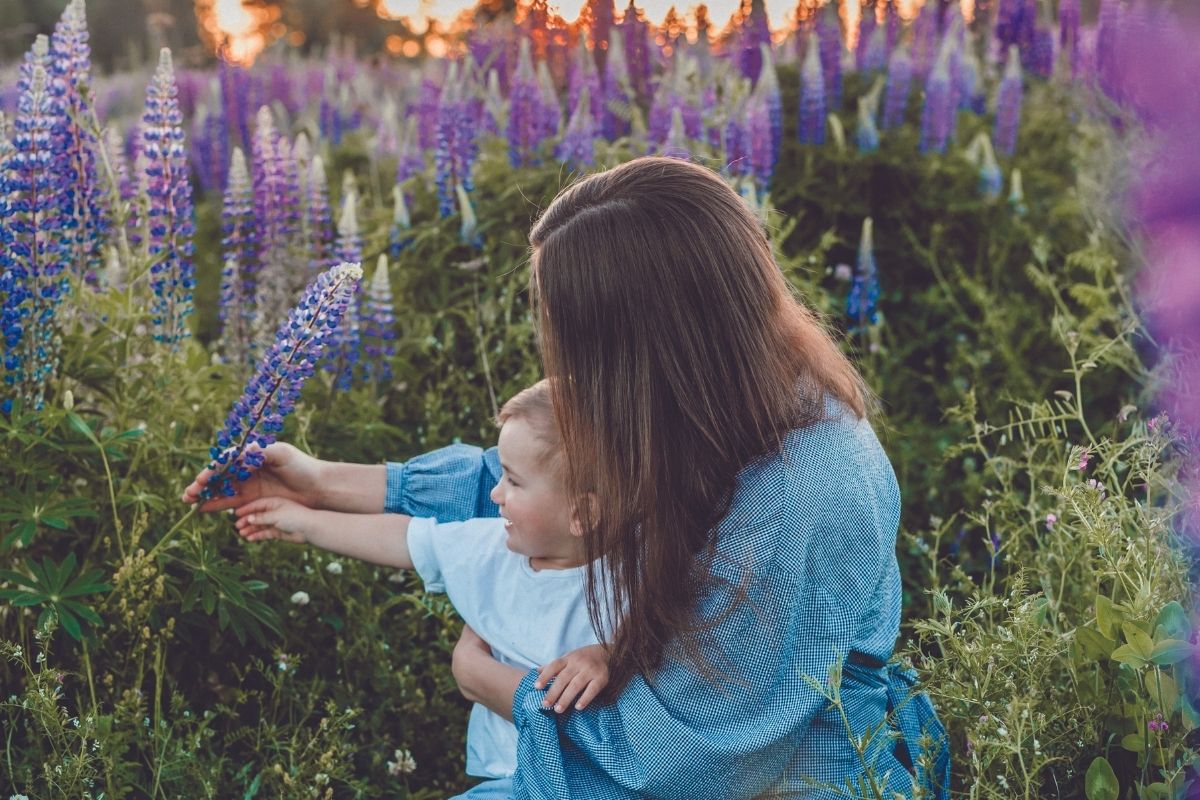by Dustin Rhodes
Every late winter/early spring, before anything has had a chance to sprout, bud, bloom or turn green, my “condition” acts up— barreling out of remission.
Yard Neurosis.
I’ve heard this disease affects a lot of people—the symptoms are unmistakable: that achy, nauseated, tense feeling you get when surveying your own yard, which looks unkempt, bleak, possibly dead, because winter is cruel and unforgiving and has destroyed all signs of life. Do you suffer from this, too?
After close to a decade of living together, my yard and I have become close—but completely dysfunctional—frenemies. When my spouse and I bought this house, there was no landscaping at all—not even grass. Just heavy, red North Carolina clay—a blank canvas. We had big dreams of being grass-free, all native, low -resource and -maintenance plants, shrubs and trees. Guess how that worked out?
If you want to see the cycle of life and death up close, go ahead and plant an entire landscape at the same time! The transcendent beauty lasts about a month, before the mystery fungi, the bushes that hate clay, the trees that apparently hate you, all drop dead, one by one. There are always exceptions—like the two arborvitae that suddenly turned brown because they were attacked by a mystery caterpillar but did not give up on life; they took two long years to regain their glory—but ended up better versions of themselves. But we won’t talk about a couple of cypress trees in the backyard, who went to meet their maker prematurely—R.I.P.
When my Yard Neurosis acts up, I know it’s time to act. Good yards, I am sad to report, don’t happen by themselves. But they shouldn’t happen because of dangerous, earth-polluting chemicals, either—because they are bad for the entire planet, not just your little, well-manicured slice of it. We’re going to reach for beautiful compost that we produce ourselves, not gross, cancer-causing Roundup, OK?
Here are some expert tips (as in, actual experts recommend these things—because I cannot be trusted, as mentioned earlier) for preparing your yard—organically—for spring. These are basic tips for creating a lush, summery paradise—not an extensive guide that addresses every issue you might encounter. This guide also assumes it’s your first foray into completely organic, animal and planet-friendly lawn care—which is easier than you might think.
SOIL IS EVERYTHING
Healthy soil is the secret to everything in your landscape—actually, you could make the case it’s the secret to life on earth, but I digress. We are taught to believe that synthetic fertilizers, herbicides and pesticides are The Way, but they are poisonous, unnecessary crutches that give the illusion of yard health. If you don’t compost, start now. Compost reduces the burden of food waste on landfills and reliance on synthetic fertilizers. It’s practically effortless to create.
AERATE
In North America, one of our biggest yard problems is soil compaction— which starves plants of nutrients. If you don’t own an aerator tool, they are inexpensive (less than $50). Use on your entire yard, to remove plugs and open the soil—allowing it to breathe. You can then dust your yard with a thin layer of compost that offers nutrients back to the soil. If you need to replant grass seed, post-aeration is a good time to do so. Compost is a miracle amendment, as it improves all soils—regardless of composition. If you don’t have compost, you can purchase an organic fertilizer like Down To Earth Vegan Fertilizer, Marphyl Soil Enhancer, Yum Mix Plant Food, or E.B Stone Naturals Cottonseed Meal—none of which contain animal ingredients and can be purchased online, if not in your local greenhouse or nursery. Cottonseed meal is a great, slow-release fertilizer—making it especially terrific.
FERTILIZE ALL PLANTS IN YOUR YARD
Use any of the fertilizers recommended previously and follow the instructions. Do not apply more than recommended.
WHEN IT’S TIME TO MOW
If you have a grass lawn, and must mow, you should sharpen your lawn mower blades in the spring. Ideally, you’d use a non-gas-powered mower—either a reel mower or an electric, rechargeable battery-operated mower—both of which have pros and cons. I currently use a reel mower, and while it makes me feel like a super-powered earth-loving hippie, I do admit that it’s extremely heavy to operate and requires frequent blade sharpening. It also requires that you NEVER, EVER allow your grass to get too high, or it gets tangled in the blades. But you can pretend it’s your gym workout if you don’t actually go to the gym. I have also owned a battery-powered mower, whose only con is expense. Electric mowers tend to be extremely lightweight, which is a plus. Don’t repeat my mistake, though: Invest in one that is well-made and reliable and has a long warranty.
LET GRASS CLIPPINGS LIE
Your mower blades should be set to about three inches high—no shorter. The longer grass will shade out more weeds. Also, don’t rake after you mow, as this has multiple benefits. The cuttings help shade out weeds in spring, help slow evaporation (promoting water conservation) in summer and provide important organic material for your soil all season. But this practice is for the frequent mower, so that the clippings are relatively short. (I recommend looking up “grasscycling” to learn more about this practice and how to do it effectively.)
Finally: If some type of insect or fungus attacks anything in your yard, don’t run to the big box store lawn chemical aisle. My recommendation is to call in an expert. There are organic solutions to almost any problem. Find a lawn care specialist in your area with organic expertise, and if one does not exist (increasingly, they do!), Beyond Pesticides is a non-profit chock full of helpful information—including a national database of service providers for yard-related issues that don’t use harmful pesticides. You can find it at beyondpesticides.org. Here’s to hoping you have a lush, green, happy spring—Yard Neurosis be-gone!

